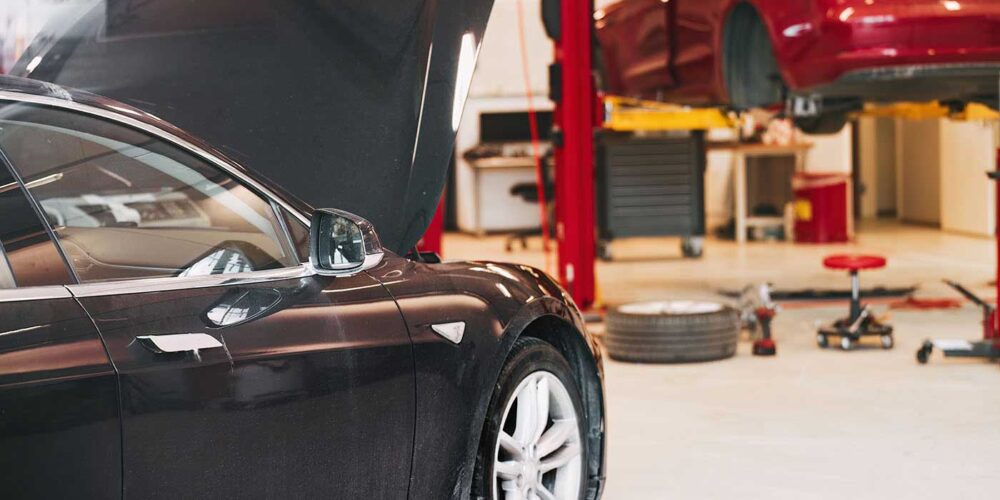I’m the body shop manager for a Mercedes-Benz and Porsche dealership. I’ve been getting a lot of resistance from a couple of insurance companies over the issue of resetting electrical components, i.e. clearing computer codes set either by the accident or as the result of completing the repair. The insurance companies are insisting if it doesn’t set a warning light on the dash, then they won’t pay for it. I can’t find any documentation about this anywhere, but it has been standard operating procedure for us for as long as I can remember. New adjusters, new rules! Is anybody else experiencing this, and if so, is there any documentation to support the need for clearing codes? Our vehicle lines don’t really have anything specific about this.
Asked by Chris Callies of Florida
In the repair process, clearing codes was only required when a DTC light made an appearance on the dash. Today’s vehicles have requirements to relearn or reset electronics that have been either replaced or R&I’d. To see where it would be a requirement, an estimator should spend time in the P-pages to see what procedures are mandatory.
If the procedure is stated, print and add it to the estimate. When a light comes on during repairs of the vehicle, this raises a big question: Is it accident-related or technician error? If there’s no procedure to reset or clear specified in instructions relating to components to clear a code, it’s more than likely a technician error while repairing.
Documentation from the P-pages or sources of OEM information can help you gauge if it’s really necessary to clear any codes that are there for every car. If there is any mention to clear the code, then you have your procedure to prove necessity. If there isn’t a procedure, unless the DTC light is on, then they have the argument on their side. New adjuster or not, procedures are procedures, and they either must be billed and completed or just completed if it’s an included operation. This again is in the P-pages or instructions.
Reading repair procedures on requirements to complete repairs and documenting P-pages will help to get what is correctly owed for completed repairs.
Mitch Becker is a technical instructor with ABRA Auto Body & Glass.













